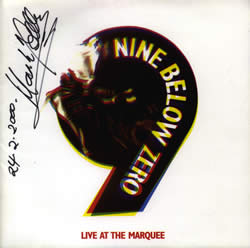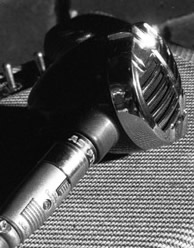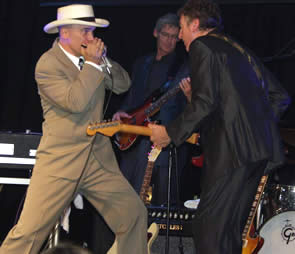Towards the end of last year, a student came for his first lesson at the Harp Surgery. ‘So can you already play anything?’ I enquired. ‘A few bits and pieces,’ came the reply, ‘I like the Low Rider tune.’ I nodded politely but had to confess I didn’t know it. So he played it for me. Dah-dah dah-dah dah dah dah, dah dah-dah dah dah! We spoke about the Marmite advert that used the riff and then carried on with the lesson.
I asked the Riverboat Captain (our webmaster) what he knew of Lee Oskar, WAR and the Low Rider tune. ‘You should check it out,’ said the Captain, ‘it’s good stuff. Especially the ‘World Is A Ghetto‘ album.’ And he filled me in on an area of music about which I had been totally ignorant. I looked at my small collection of Lee Oskar harmonicas in a totally different light. Time for the Good Doctor to pull out his press card and investigate. It was early morning somewhere near Seattle…
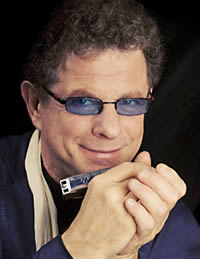 So Lee, tell me about arriving in America, aged 18, straight from Denmark, with no money..
So Lee, tell me about arriving in America, aged 18, straight from Denmark, with no money..
Yes, I left Denmark when I was 18 for a life in the USA. I wanted to be in the music business. It was my main interest. My heart was in it. It was my dream.
Were things different in Europe at the time?
Yes, very different. The whole industry was focussed on the US rather than Europe. The UK had the Stones and the Beatles, but the US was the main hub for music. Europe has changed now. The music industry is now more homogenised all over the world. (more…)
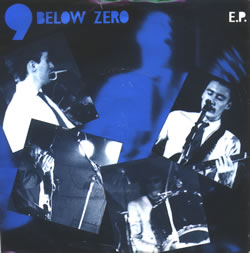 Life is like a card game, you always take a chance
Life is like a card game, you always take a chance
